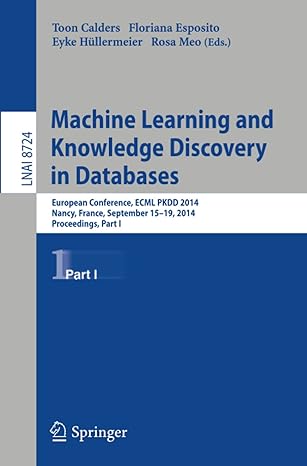Answered step by step
Verified Expert Solution
Question
1 Approved Answer
2 . Let n be a positive integer. Consider the random experiment in which weselect a uniformly random permutation pi of { 1 ,
Let n be a positive integer. Consider the random experiment in which weselect a uniformly random permutation pi of n and then successively insert keys pi pi pi n into an initially empty ordinary binary search tree BST Let T denote the resultingBST. In the following parts, for any i in nj we write node i to refer to the node with key i in T
a Let i belong to n Explain why the probability that node i is adescendant of node i is exactly
bLet i and j be distinct elements of n Give an exact closedform expression for the probability that node i is a descendant of node j Briefly justify your answer.
Step by Step Solution
There are 3 Steps involved in it
Step: 1

Get Instant Access to Expert-Tailored Solutions
See step-by-step solutions with expert insights and AI powered tools for academic success
Step: 2

Step: 3

Ace Your Homework with AI
Get the answers you need in no time with our AI-driven, step-by-step assistance
Get Started


